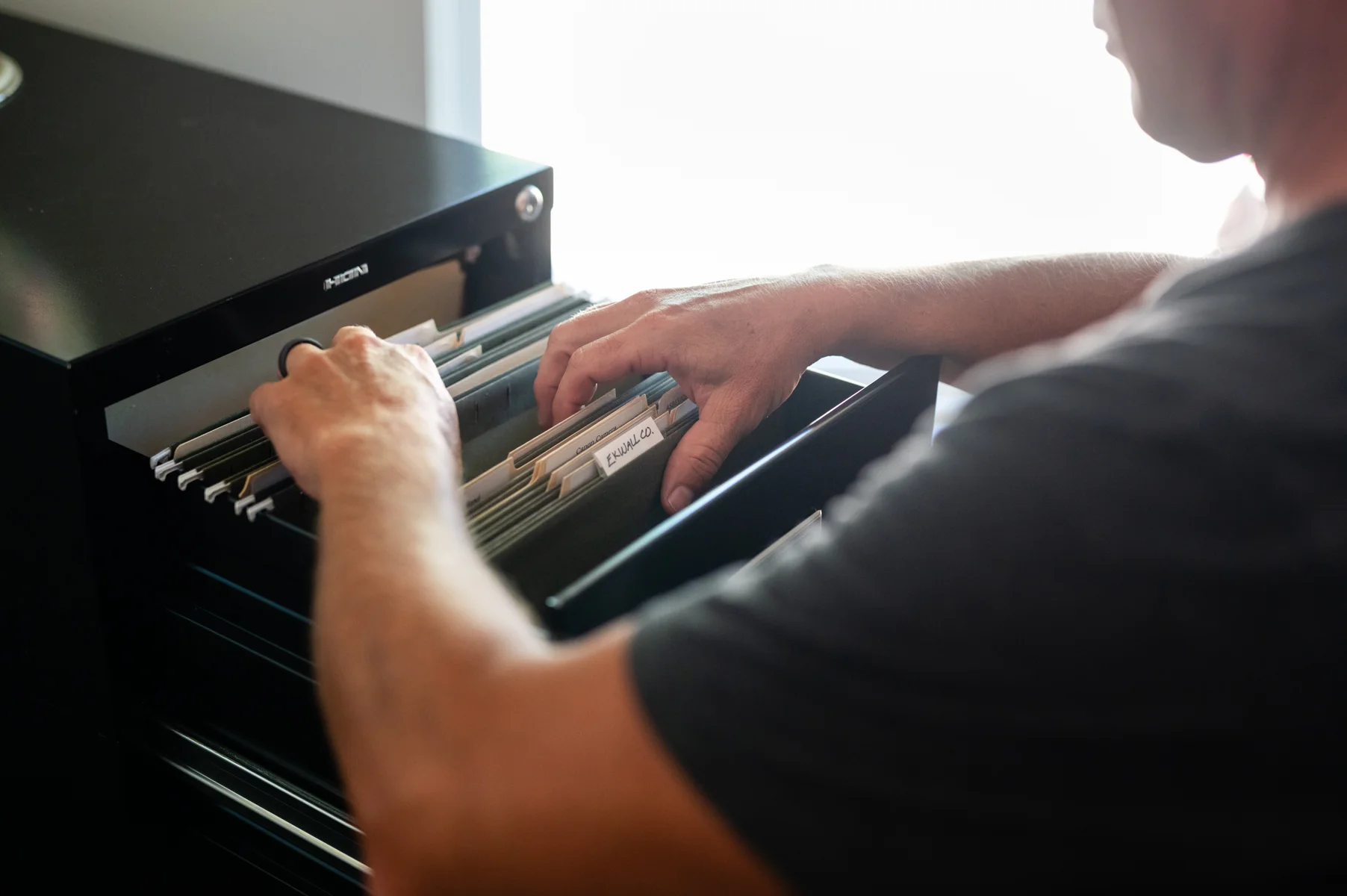The Health Risks Associated with Mold Exposure
Mold is a ubiquitous presence in our environment, playing a crucial role in the decomposition of organic matter. However, when mold grows indoors, it can pose significant health risks to the inhabitants. Understanding these risks is essential for homeowners, landlords, and tenants alike, ensuring that living spaces remain safe and healthy.
What is Mold?
Mold comprises tiny fungi that reproduce through spores. These spores are airborne and can easily enter homes through windows, doors, or even HVAC systems. When they land on damp surfaces, they begin to grow and multiply. While there are thousands of mold species, only a few are commonly found indoors.
How Does Mold Affect Health?
Mold exposure can lead to various health issues, depending on the type of mold, the extent of exposure, and the individual's health status. Here are some of the health risks associated with mold exposure:
Allergic Reactions: The most common health issue stemming from mold exposure is allergic reactions. Symptoms can range from sneezing, runny nose, and skin rashes to more severe reactions like shortness of breath or asthma attacks in sensitive individuals.
Respiratory Issues: Mold spores, when inhaled, can irritate the lungs and lead to respiratory problems. This is especially concerning for individuals with pre-existing conditions like asthma or chronic obstructive pulmonary disease (COPD).
Mycotoxin Exposure: Certain molds produce toxic substances called mycotoxins. Prolonged exposure to these toxins can lead to neurological issues and, in extreme cases, death. The infamous "black mold" (Stachybotrys chartarum) is known for producing mycotoxins.
Fungal Infections: While rare, some individuals, especially those with compromised immune systems, can develop fungal infections after mold exposure.
Immune System Suppression: Chronic exposure to mold can weaken the immune system, making individuals more susceptible to other infections.
Who is at Risk?
While anyone can experience symptoms from mold exposure, certain groups are more susceptible:
Infants and children
Elderly individuals
Individuals with respiratory conditions or allergies
Those with weakened immune systems
How to Mitigate Health Risks?
Regular Inspections: Periodically check your home for signs of mold, especially in damp areas like basements, bathrooms, and under sinks.
Control Humidity: Maintain indoor humidity levels between 30-50% to prevent mold growth. Dehumidifiers and air conditioners can help in achieving this.
Ventilation: Ensure proper ventilation in areas prone to moisture, like bathrooms and kitchens. Using exhaust fans can help in reducing humidity post activities like cooking or showering.
Address Water Leaks: Fix any leaks promptly, whether they're from roofs, pipes, or appliances.
Seek Professional Help: If you suspect a significant mold issue, it's always best to consult with professionals who can assess the situation and recommend appropriate remediation steps.
Conclusion
Mold exposure, while common, can lead to a range of health issues. By understanding the risks and taking proactive measures, homeowners can ensure a safe living environment. Regular inspections, humidity control, and prompt attention to water issues are key to preventing mold growth and the associated health risks.




